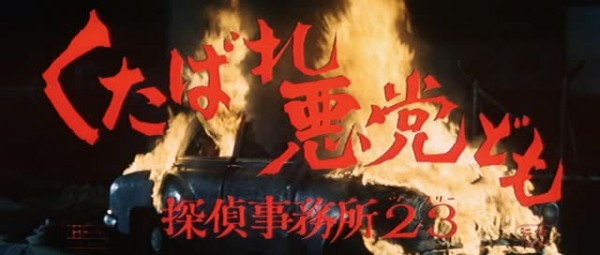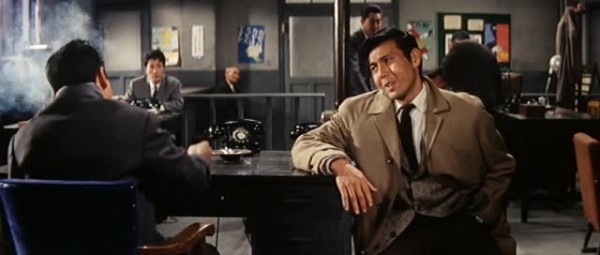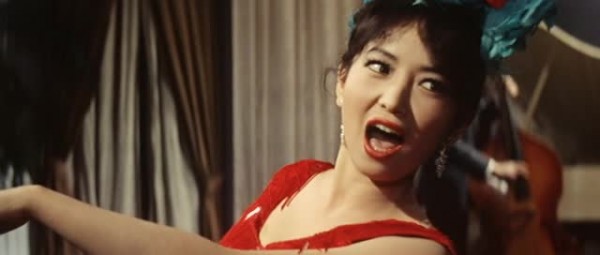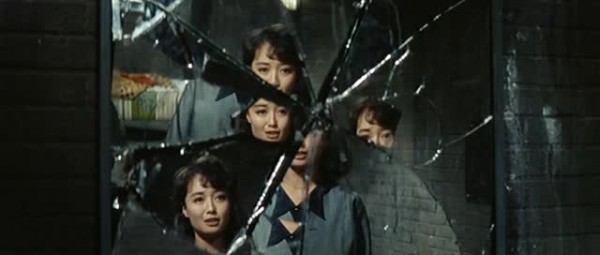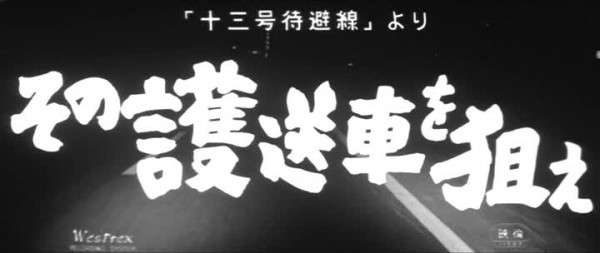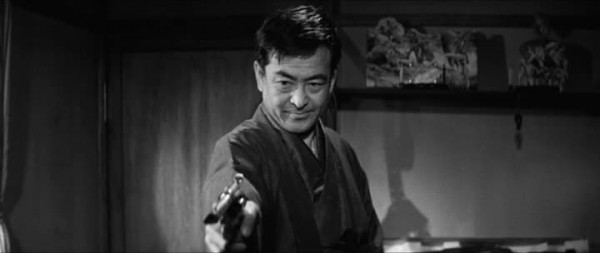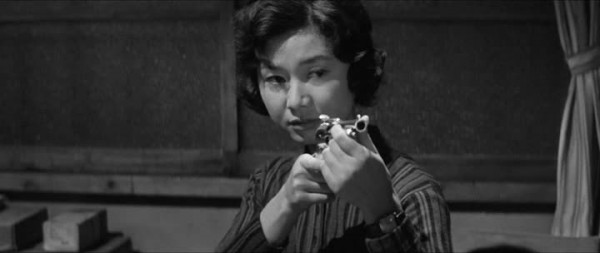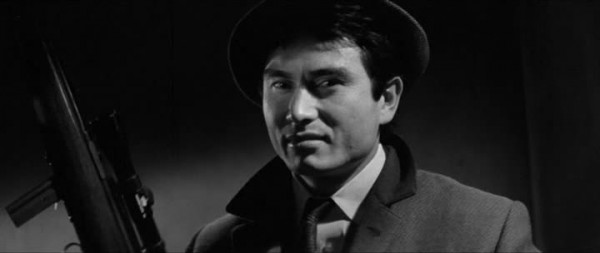Fighting Delinquents
aka くたばれ愚連隊 aka Kutabare Gurentai aka Go to Hell, Hoodlums!

1960![]()
Screenplay by Iwao Yamazaki
Based on the novel by Kenzaburo Hara
Directed by Seijun Suzuki

Before Seijun Suzuki was making full-bore fever dreams, he was fully bored making B pictures, which lead to him beginning the creative flourishes that he became known for. While Fighting Delinquents is still early in his filmography, it is his first film in color and already shows hints of his use of color to set moods and scenes. Beyond his experiments, Fighting Delinquents isn’t really that special, outside of some goofy scenes and a conflict that spans generations, class, clans, modern Japan vs. old school Japan, and the meaning of family. That’s probably ascribing more than the story pulls off, but it is all there even if only parts of it are actually addressed.

The story is pretty straightforward, a lost heir is brought back into a clan on Awaji Island to help them stand against a crooked developer. He faces slack due to basically being raised as a street orphan in the city, the rougher personality clashing with the clan-based traditionalists he’s brought to, while his in grained sense of righteousness and justice puts him at odds with the developers. His mentor in the city who plucked him out of an orphanage to learn a trade (along with some other kids) is struck down in the opening scene by a drunken businessman, and we all know he’s going to end up being the businessman who is trying to take the clan’s land, so this isn’t even a spoiler. Sadao Matsudaira (Koji Wada) doesn’t take his crap then, when he tries to buy off the kids in mourning with a pittance offering. Nor does he take it lightly when he finds out who is responsible for his new family’s misery.

Continue reading







